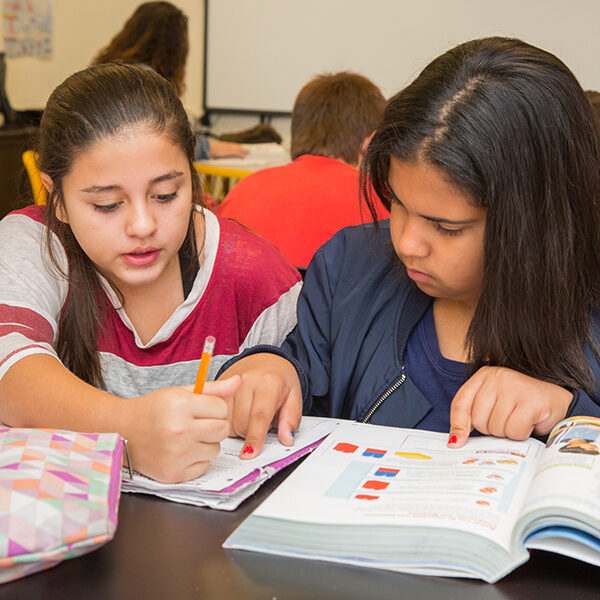
Nestled in north central Texas is Cisco Independent School District, a rural school system implementing high-quality blended learning. Those making their way across Texas on Interstate 20 are likely to compare the district to a scene from Friday Night Lights, but a closer look reveals a district fiercely dedicated to improving teaching and learning for its community. Cisco’s blended learning journey started with the recognition that, although its schools were regularly achieving top scores in the state, its advanced students were being held back. In 2015, district leaders discovered the Raising Blended Learners initiative and participated in workshops that helped them develop a plan for improving instruction. In the spring of 2016, the initiative awarded Cisco a grant, providing them with three years of technical assistance and up to $500,000 in funds. Support from the grant, in combination with the capacity and skills of Cisco educators, has led to impressive progress in implementing a district-wide blended learning model.
Cisco’s blended learning initiative started with math teachers in grades 4-7 and the district’s plan to scale the initiative across the entire district over the following years. After intense planning, with support from the CA Group and other Raise Your Hand Texas ecosystem partners, the district piloted blended learning in four classrooms in the 2016-2017 school year. District leaders developed student experience design pillars, which serve as broad guidelines for teachers, encouraging instruction that aligns with four main components: data-driven instruction, student agency/engagement, personalized learning experience, and rigor/competency progression. So long as their instructional practices aligned with these four pillars, pilot teachers had autonomy to determine which approaches worked best in their classrooms. As a result, teachers at Cisco developed a number of diverse blended learning practices; highlights include:
- Data-driven instruction:
- Using MAP data to identify student skill gaps. In a small rural community, students and their skill gaps become quite personal and have been a strong motivator for working to meet students’ specific academic needs.
- Referencing data during student conferences to help students better understand their data, what it means, and how it connects to their everyday learning.
- Student agency/engagement:
- Students set both short- and long-term goals. Teachers meet with students and help them set goals for academic improvement while leveraging data. The district also uses SMART goals to create a shared and easy-to-use structure for students.
- Students can lead learning activities. Working in groups, students often have the opportunity to “lead” the group, helping their peers work through a learning activity. Group members benefit from having a different source of knowledge or teaching style, and leaders benefit from greater autonomy and the opportunity to apply their knowledge real-time.
- Personalized learning experiences:
- Promoting student choice with playlists. Teachers develop playlists that define what needs to be learned and what learning activities are available to meet learning targets. For the most part, students are able to choose among these learning activities and select the order in which they complete them.
- Students participate in small-group instruction. Small groups are selected based on learning needs and help ensure students get more personalized instruction.
- Rigor/competency:
- Optional and mandatory assignments help students pace their work. Each playlist has content that every student must do in order to demonstrate knowledge of learning targets, and students who finish early can move on to more challenging, optional content.
- Asking open-ended questions to promote deeper thinking. Teachers are moving away from “yes” or “no” questions, or ones that require simple answers. Questions are structured more openly, prompting students to combine content knowledge with content-related language and processes to formulate answers.
While the pilot year was not without its challenges, the initial phase of work proved so successful that blended learning is scaling far beyond Cisco’s initial classes. Pilot teachers in the first year relied on data, each other, and supports from district leaders and the Raising Blended Learners initiative to improve their practices. The program has expanded in grades and subject areas, and now includes all math and science teachers in grades 3-8. Inspired by pilot teachers, additional educators at Cisco have started to organically implement blended practices. Only a year and a half into implementation, Cisco has impressed others with the quality of instruction and speed of implementation. In addition to continuing to scale blended learning across the district, Cisco also plans to share its great work with other rural districts on local, state, and national levels.

